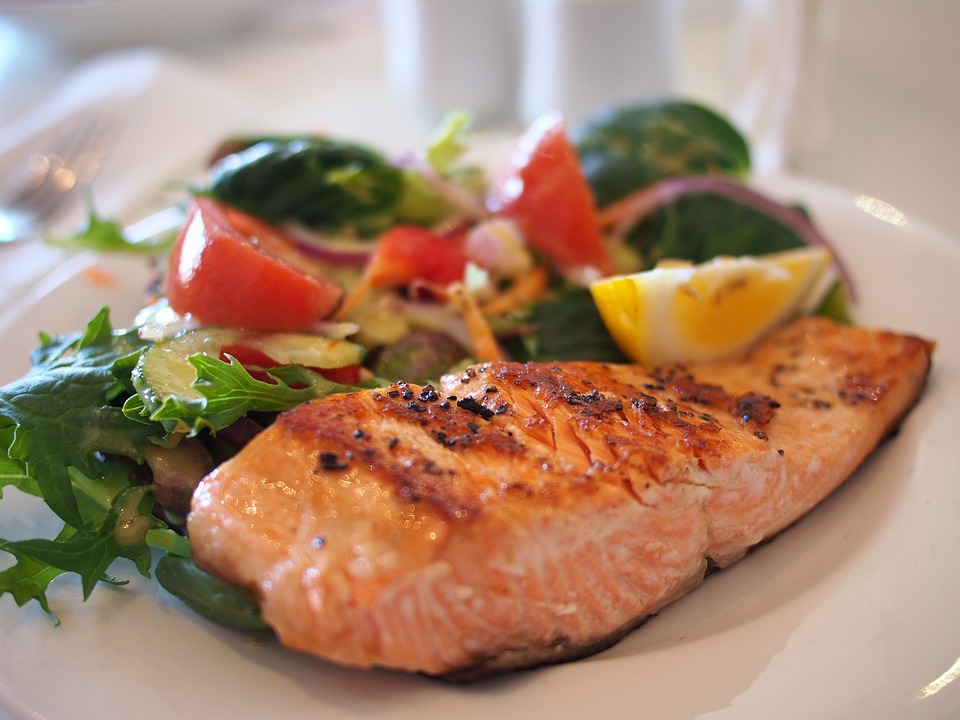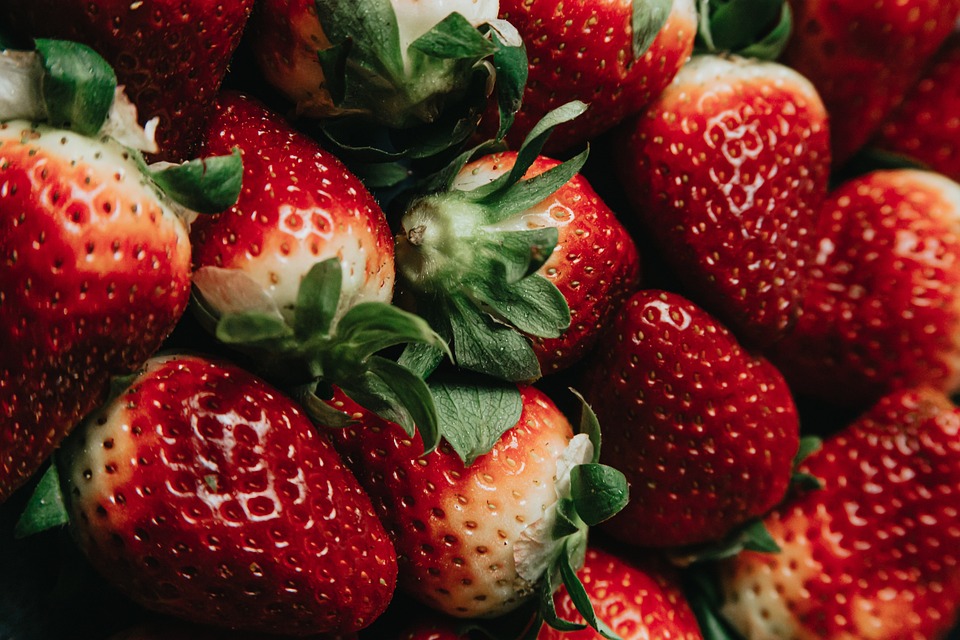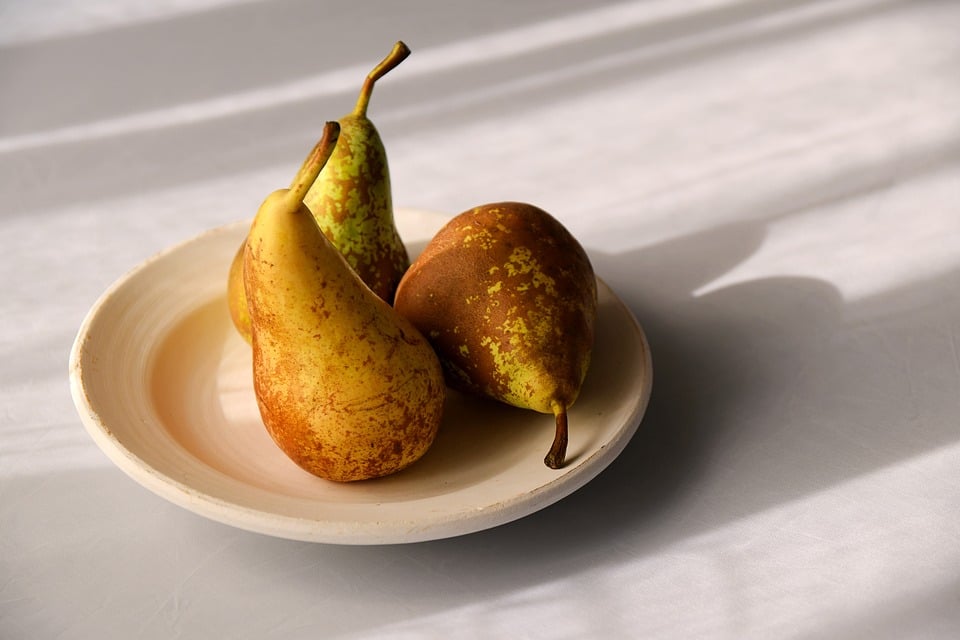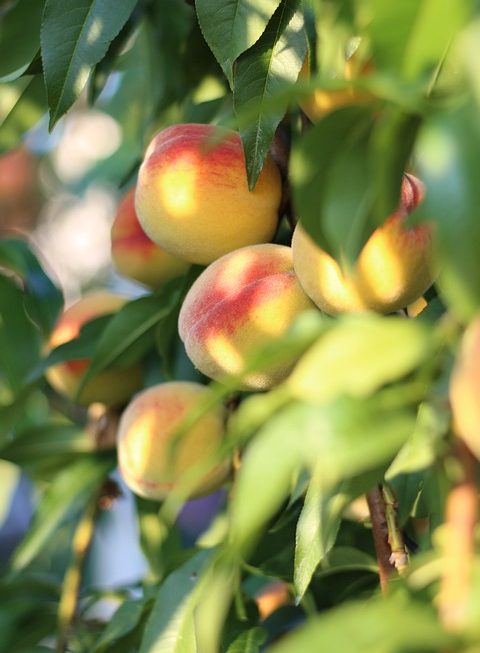Baking, often seen as both an art and a science, is a delightful way to create delicious treats while exploring your culinary creativity. Whether you’re a novice eager to learn or a seasoned home cook looking to refine your skills, understanding the fundamental principles of baking can elevate your results. Here’s a guide filled with essential tips and tricks that will help you master the basics and produce mouth-watering baked goods every time.
Understanding Ingredients
1. Quality Matters
Quality ingredients make a significant impact on your final product. Use fresh flour, high-quality butter, and fresh eggs whenever possible. Check expiration dates on baking powder and baking soda; expired leavening agents can lead to flat cakes and cookies.
2. Measure Accurately
Baking is a precise science, and even slight variations in measurements can affect the outcome. Use a digital kitchen scale for dry ingredients and a liquid measuring cup for wet ingredients. Spoon flour into your measuring cup and level it off with a knife, rather than scooping directly from the bag, which can compact the flour and add excess weight.
3. Room Temperature Ingredients
Most recipes specify using room temperature ingredients, such as eggs and butter. Allow these to sit out for about 30 minutes before you start baking to help achieve a uniform batter and a better rise.
Mastering Baking Techniques
4. Know Your Oven
Every oven is different, and understanding how yours works is crucial. Invest in an oven thermometer to ensure it’s at the correct temperature. Familiarize yourself with the hot spots (areas that cook faster) and cooler parts of your oven by baking a sheet of cookies and observing where they brown unevenly. Rotate your pans during baking for an even result.
5. Follow the Recipe
While experimentation is encouraged, especially once you’re comfortable, always follow the recipe during your first attempt. Pay attention to mixing techniques—overmixing can lead to tough baked goods, while undermixing may cause lumps.
6. Sift When Required
Sifting flour and other dry ingredients can aerate them and remove any lumps. This is especially important in lighter recipes like cakes or delicate pastries. If a recipe calls for "1 cup of flour, sifted," measure the flour first and then sift it. If it asks for "1 cup sifted flour," sift it before measuring.
Baking Gear Basics
7. Invest in Good Tools
A few essential tools can make a massive difference in your baking experience:
- Mixing Bowls: A variety of sizes, preferably glass or stainless steel.
- Measuring Cups and Spoons: Accurate measurement is critical.
- Baking Sheets: Heavy-duty pans promote even heat distribution.
- Parchment Paper: A game changer for easy cleanup and preventing sticking.
- Cooling Racks: Help to cool baked goods evenly and prevent sogginess.
Essential Techniques
8. Bring Out Flavor
To enhance flavors, try browning butter for a nutty, rich taste or adding a touch of vanilla extract. A pinch of salt can lift the flavors in sweet baked goods, making them taste more balanced.
9. Don’t Skip the Cooling Process
Once out of the oven, allow your baked goods to cool in the pan for a few minutes before transferring them to a cooling rack. This prevents them from becoming soggy from residual heat and moisture in the pan.
10. Practice Patience
Baking can test your patience as the best flavors often develop over time. Let doughs or batters rest when instructed, as this allows flavors to meld and improves texture.
Troubleshooting Common Problems
11. What to Do When Baking Goes Wrong
- Flat Cookies: Could be a result of using warm butter, overmixing, or not chilling the dough.
- Dry Cakes: Often from overbaking or too much flour. Try to bake for the shortest time recommended and check for doneness.
- Burnt Bottoms: This can happen due to oven hot spots; try using a lighter baking sheet or placing it on a higher rack.
Conclusion
Baking can be an incredibly rewarding experience, offering the chance to create everything from simple cookies to elaborate cakes. By understanding your ingredients, mastering techniques, investing in quality tools, and practicing patience, you’ll find that baking is not just about following a recipe but enjoying the process and experimenting with flavors.
So roll up your sleeves, preheat that oven, and get started on your next baking adventure! Happy baking!




